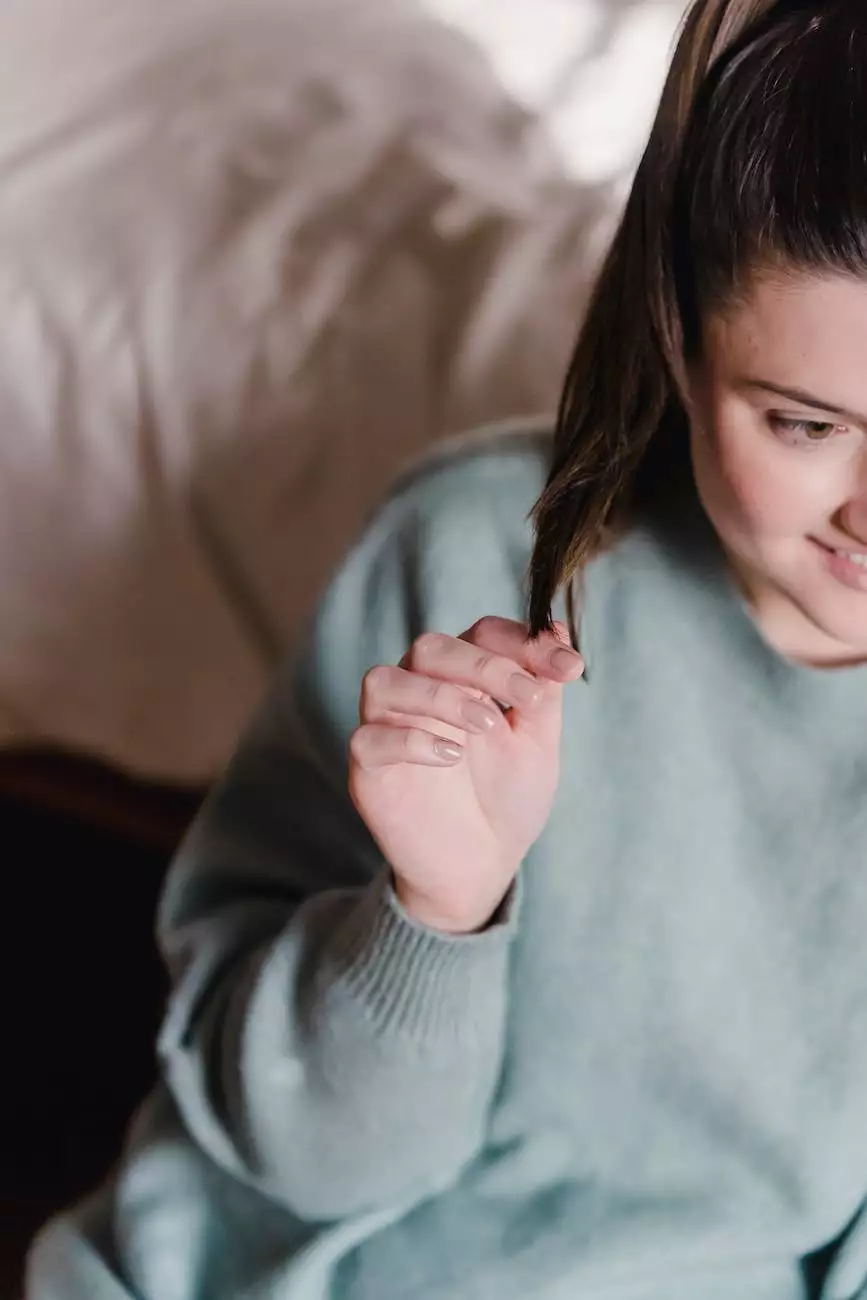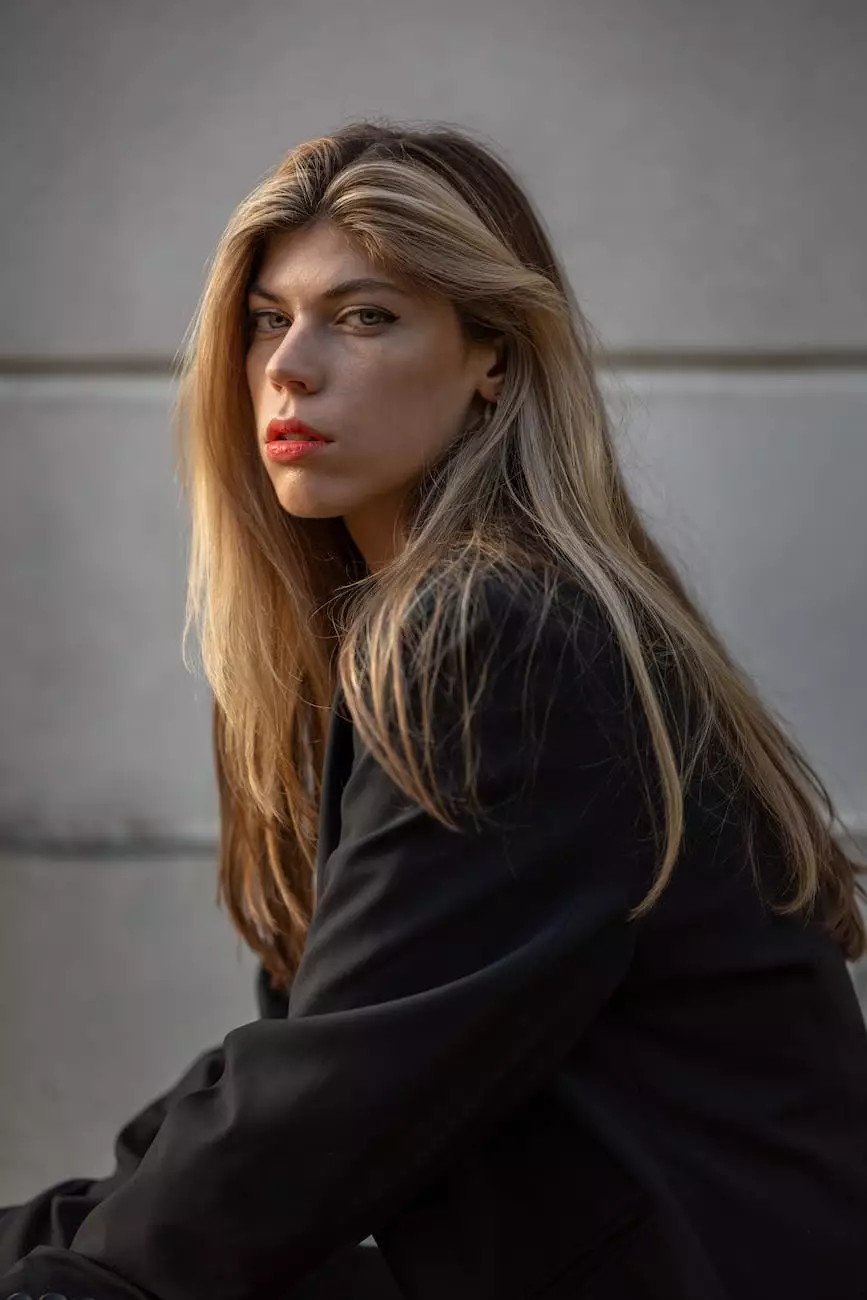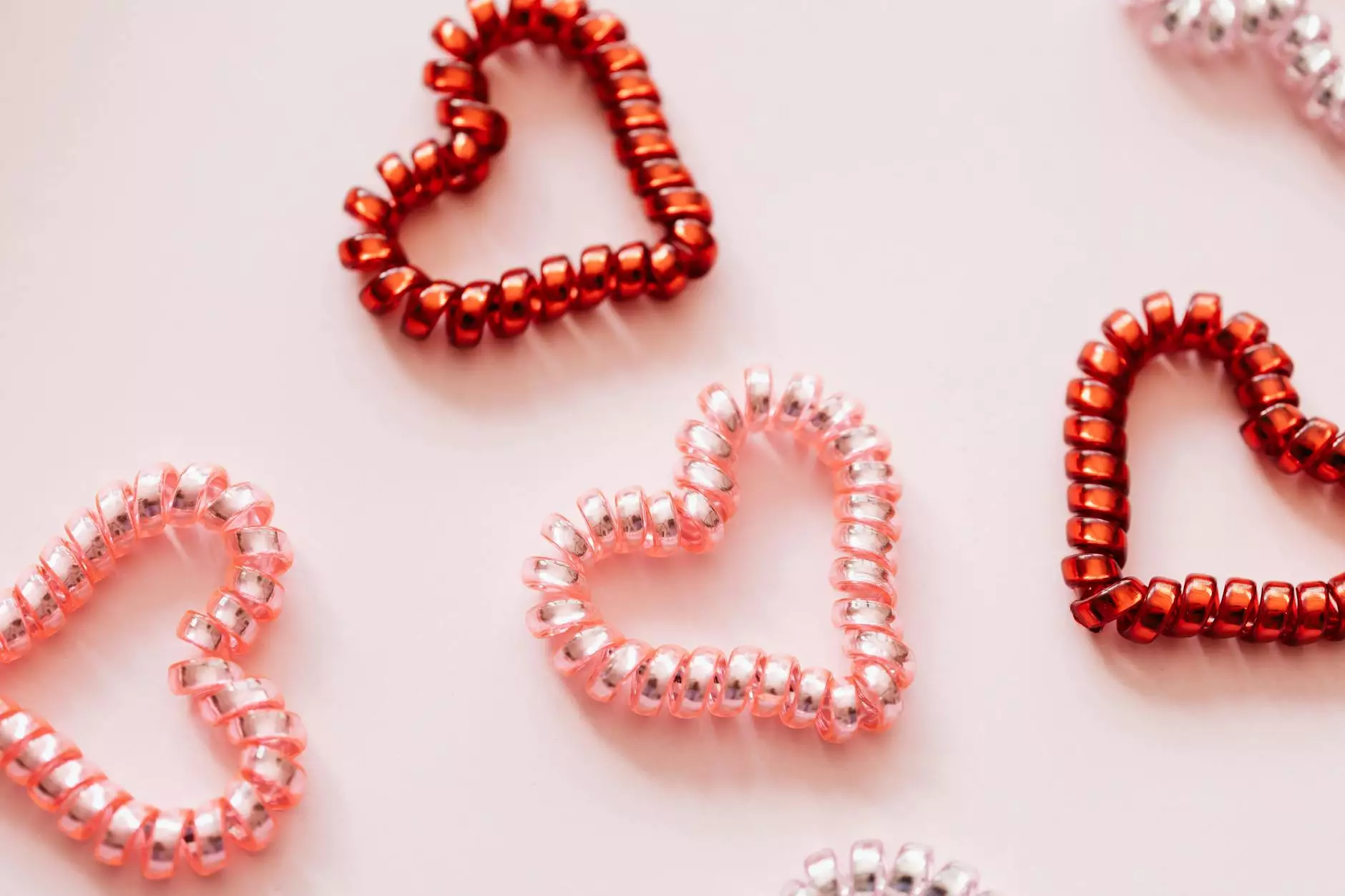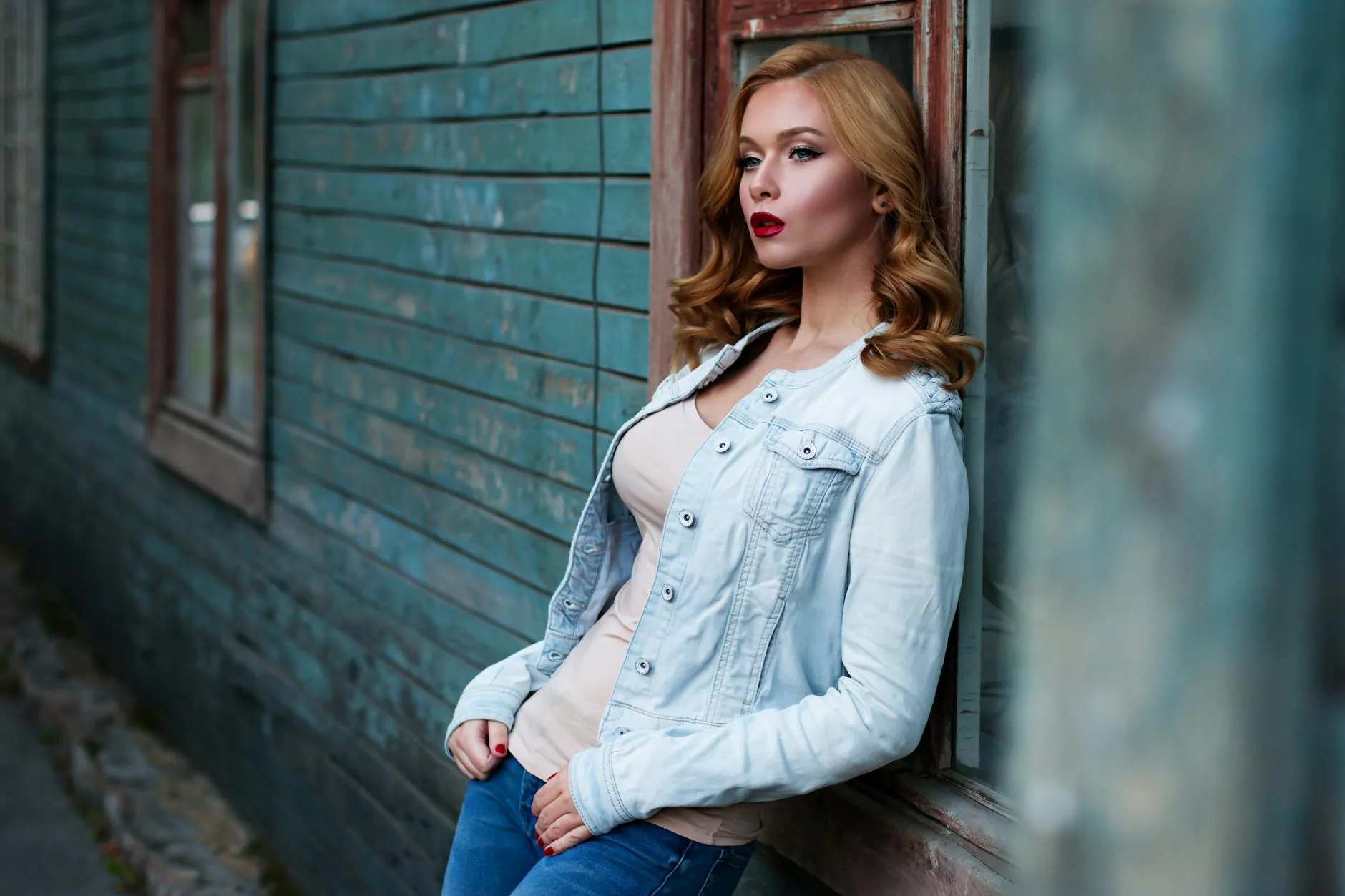Why is My Blonde Hair Changing Colors?
Blog
The Science Behind Blonde Hair Color
Blonde hair is often admired for its beauty and uniqueness. However, maintaining the vibrant color can sometimes pose a challenge. To fully understand why your blonde hair might be changing colors, it's important to grasp the science behind it.
The Role of Melanin
Melanin, a pigment produced by special cells called melanocytes, determines the color of our hair. There are two types of melanin: eumelanin, responsible for brown and black hair, and pheomelanin, responsible for red and yellow pigments. Blonde hair is the result of low levels of eumelanin and higher levels of pheomelanin.
The Effects of Sun Exposure
The sun's powerful UV rays have a significant impact on hair color, especially for blondes. When exposed to sunlight, the UV rays break down the melanin in the hair, resulting in a lighter or faded appearance. This is commonly known as sun bleaching and can lead to undesirable changes in the color of blonde hair.
The Role of Chlorine and Saltwater
Another factor that can alter the color of your blonde hair is exposure to chlorine and saltwater. Chlorine, commonly found in swimming pools, can cause blonde hair to develop a greenish tint. Saltwater, on the other hand, can lead to brassiness and discoloration. It's crucial to take preventive measures, such as rinsing your hair with fresh water after swimming, to avoid these unwanted changes.
Tips for Maintaining Your Blonde Hair Color
Use Sulfate-Free Shampoos and Conditioners
To keep your blonde hair vibrant, opt for sulfate-free shampoos and conditioners. Sulfates can strip away natural oils and color, resulting in dull-looking hair. Look for products specifically designed for blonde hair, as they often contain color-enhancing ingredients that help preserve the color and prevent fading.
Invest in UV Protection Products
Shielding your blonde locks from the sun's damaging rays is essential. Apply UV protection products, such as leave-in sprays or serums, before heading outdoors. These products create a barrier that minimizes sun damage, preventing your hair from undergoing color changes due to sun exposure.
Regularly Use a Purple Shampoo
Purple shampoo is a blonde's best friend. Regularly incorporating a purple shampoo into your hair care routine helps neutralize unwanted brassy tones and keeps your blonde looking fresh and vibrant. Apply the shampoo to wet hair, leave it on for a few minutes, then rinse thoroughly. Remember to follow up with a moisturizing conditioner to maintain healthy, shiny hair.
Avoid Overexposure to Chlorine and Saltwater
If you're a frequent swimmer or enjoy spending time by the ocean, take extra precautions to protect your blonde hair. Prior to swimming, wet your hair with fresh water to minimize its absorption of chlorine or saltwater. Additionally, consider wearing a swim cap to create a barrier between your hair and the water.
Schedule Regular Hair Appointments
Maintaining your blonde hair color requires regular salon visits. Schedule touch-up appointments with your stylist every 6 to 8 weeks to keep your color consistent and fresh. Your stylist can also provide deep conditioning treatments to nourish your hair and prevent damage.
In Conclusion
Blonde hair is prone to color changes due to various factors, such as sun exposure, chlorine, and saltwater. Understanding the science behind these changes and implementing preventive measures is crucial for maintaining the vibrancy of your blonde hair. By using sulfate-free hair products, protecting your hair from UV rays, incorporating purple shampoo into your routine, and avoiding overexposure to chlorine and saltwater, you can ensure your blonde hair stays beautiful and true to its desired shade.










